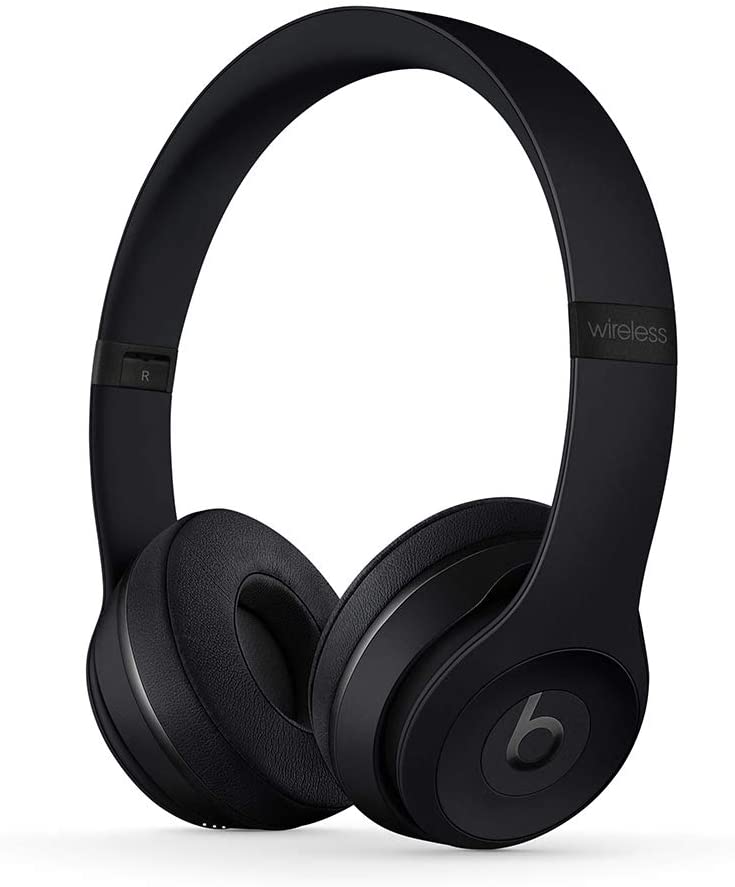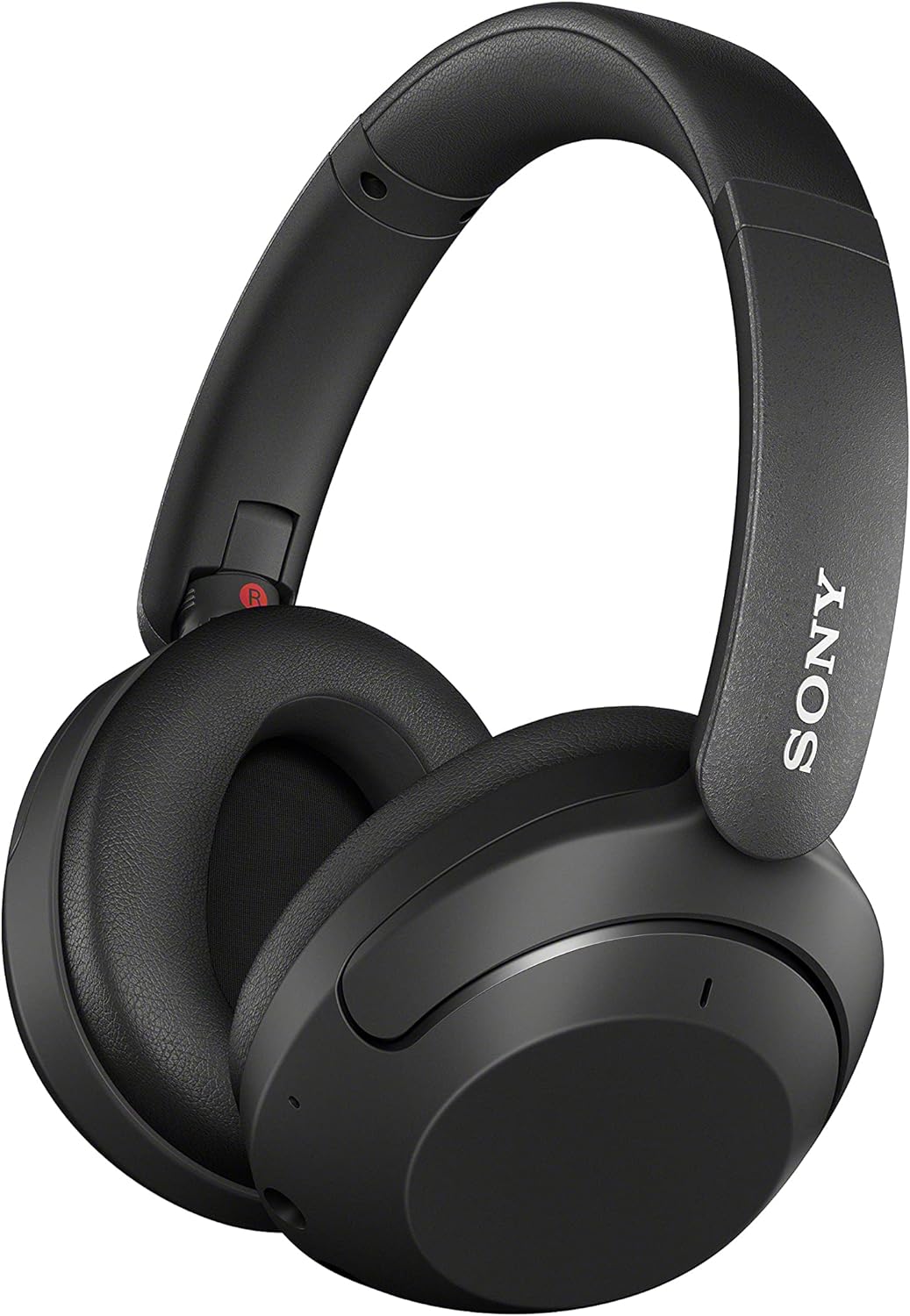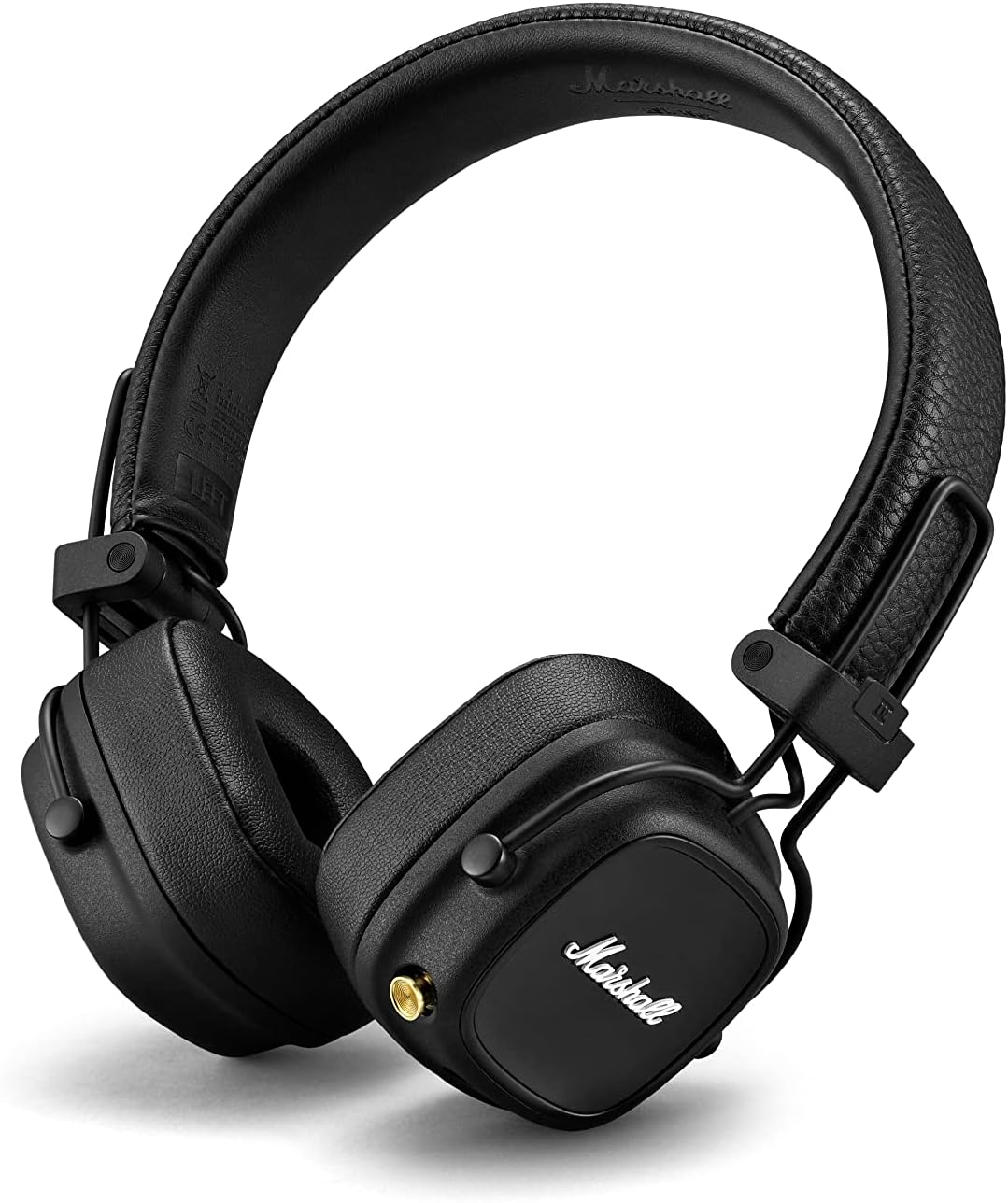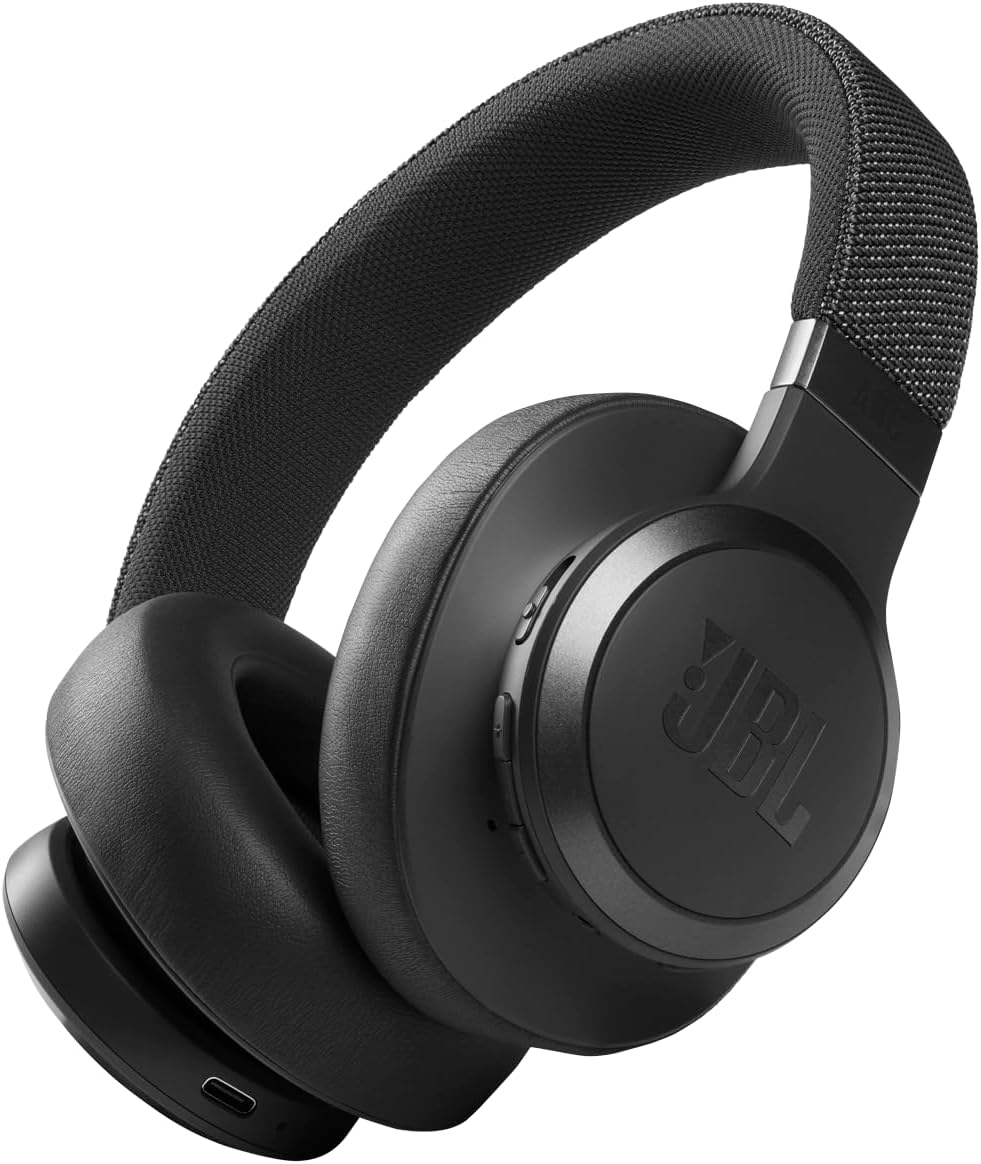|
Brand quality! Beats Solo 3
Autonomy: 40 hours |
Price quality! Sony WH-XB910N
Autonomy: 30 hours |
Maximum elegance! Marshall Major IV
Autonomy: 80 hours |
Good opinions! JBL LIVE 660NC
Autonomy: 40 hours |
Wireless headphones are one of the devices that have become more widespread in recent years. It is not surprising, since, nowadays, we use them for almost everything: listening to music, talking on the phone, while walking, etc. An intensive use that shows the need to choose the most appropriate models according to the needs of each person. In this article, we show you the most important differences between four models with a very good quality-price ratio. We are referring to the Beats Solo 3, Sony WH-XB910N, Marshall Major IV and JBL LIVE 660NC wireless headphones.
Beats and Marshall headphones are supra-aural, while Sony and JBL headphones are circumaural. The main difference is that, in supra-aurals, the pad does not cover the ear completely. One of the consequences that is also a differentiating aspect is that only Sony and JBL headphones have active noise cancellation. Those of Beats and Marshall, for their part, do not have this feature. In addition, the Sony WH.XB910N has a unique feature that is not shared by the rest, adaptive sound control.
Regarding autonomy, it should be noted that all four offer great performance. In fact, even the Sony and JBL models enjoy great autonomy with the active noise cancellation function. On the other hand, only the JBL Live have the ability to detect your voice and pause the music while you talk. And, when it comes to connectivity, all four wireless headphones are compatible with Bluetooth.
In any case, to help you choose the most suitable one for you, we have analyzed them in detail. Do you want to see how they are different? Let’s go there!
Beats Solo 3 vs Sony WH-XB910N vs Marshall Major IV vs JBL LIVE 660NC – Comparison Table
Do you want to know what the main differences are between the four wireless headphones that are the subject of this review? In the following table, we show you the most important specifications of each one:
(Swipe the table to see all the content)
Beats Solo 3
|
Sony WH-XB910N
|
Marshall Major IV
|
JBL LIVE 660NC
|
|
| Dimensions | 17,7 x 15,8 x 6,8 cm | 26,13 x 19,92 x 6,72 cm | 16 x 16 x 8,64 cm | 7,5 x 14,6 x 19 cm |
| Weight | 215 g | 252 g | 165 g | 265 g |
| Colors | Black, gold, rose gold and red | blue and black | black and brown | Black |
| Headphone type | Supraurales | Circumaural | Supraurales | Circumaural |
| Noise Cancellation | No | Yes | No | Yes |
| Transparency mode | No | Yes | No | Yes |
| Spatial audio | Yes | Yes | No | No |
| Equalization | No | Yes | No | Yes |
| Adaptive sound control | No | Yes | No | No |
| loading port | Micro USB | USB-C | USB-C | USB-C |
| Autonomy | Up to 40 hours | Up to 30 hours with ANC / 50 hours without ANC | 80 hours | 40 hours with ANC / 50 hours without ANC |
| Fast charge | Yes | Yes | Yes | Yes |
| Loading time | 1.5 hours | 3.5 hours | 3 hours | 2 hours |
| Controls | Buttons | Touch + buttons | Buttons | Buttons |
| Bluetooth | Class 1 | 5.2 | 5.0 | 5.0 |
| Voice control | Yes | Yes | Compatible | Yes |
| Voice detection | No | No | No | Yes |
| Microphones | 1 | 2 | 1 | 2 |
| Multipoint connection | No | Yes | No | Yes |
| Sheath | Yes | Yes | No | Yes |
What type of wireless headphones are they?

Before going into more detail about the features of the four headphones we are analyzing, it is important that you know that not all of them are the same type. Wireless headphones from Beats and Marshall are supra-aural, while those from Sony and JBL are circumaural. The main difference is that the ear is only completely covered in the circumaurals, which makes the ability to isolate you from outside noise greater.
In terms of design, the Beats, Sony and JBL headphones are more similar to each other, with the clear difference that the Beats ear pads are smaller for the previous reason. On the other hand, the Marshall Major IV have a more vintage design, in line with this brand’s products. The pads have a more square shape, and are attached to the headband through a type of finer wires. Particularly, it doesn’t convince us, but, to taste, the colors. Furthermore, they are the only ones that are not equipped with a cover.
Active noise cancellation, circumaural only
As a consequence of the previous point, it is logical to discover that, of the four headphones we have analyzed, only two have active noise cancellation as an integrated functionality. As you can imagine, they are the Sony and JBL, both circumaural. Likewise, they offer the possibility of choosing ambient mode, unlike Beats and Marshall headphones. These, in turn, do not allow you to adjust the equalizer in a personalized way as is the case with those from Sony and JBL.
Now, it is worth highlighting some interesting particularities. Beats headphones, despite not having noise cancellation, are compatible with the spatial audio function. This makes the sound experience more immersive than that of the Marshalls, which remain the simplest.
On the other hand, the Sony WH-XB910N add functionality that we also do not find in the remaining three headphones: adaptive sound control. Basically, it means that you can configure different environments with different outside sound settings, so that it automatically recognizes them and adapts the sound to each environment.
Which one has better sound quality?

The two supra-aural headphones have one microphone on each ear pad, compared to the two that the circumaural headphones have. This has a direct impact on the clarity of the sound perceived, since the use of dual microphones means that those from Sony and JBL are able to perceive more different nuances. In addition, they reproduce bass sounds more clearly, which are usually the ones where the most distortion occurs. However, we must tell you that, between Beats headphones and Marshall headphones, Beats headphones are quite a bit higher in terms of audio quality.
Are there differences in autonomy?
We have to admit that less than we expected, and in this sense, the four wireless headphones have positively surprised us. Obviously, in the case of the JBL and Sony models, the autonomy is reduced when we activate the noise cancellation function. Even so, both have a minimum of 30 hours of autonomy, which is not bad at all having this option activated.
That said, the victory in this regard goes to Marshall. In fact, it is the strength that we highlight the most about the Major IV, the characteristic that most distinguishes them from the rest.
In addition, all four headphones have a fast charging option, and in all cases they take between 1.5 and 3 hours to fully recharge the battery.
Headphone control, another differential element
You already know that wireless headphones can be controlled directly, without having to use your cell phone to do so. Both those from Beats and those from Marshall and JBL are controlled through different buttons built into them. The Sonys, for their part, combine button controls with touch control for certain actions.
Another thing we look at when it comes to handling the headphones is whether they are compatible with voice assistants to give commands by speaking. This, in fact, is one of the similarities between the four headphones, since all of them can connect with an assistant, be it Google, Siri or Alexa.
Additional technological functionalities

We are now talking about more technological aspects of each headset. Continuing with the voice section, only the JBL Live 660NC can detect our voice additionally. Thanks to the TalkThru function, the music you are listening to automatically stops when you start talking, so you don’t have to take off your headphones if you have a conversation.
Another feature that only the two circumaural headphones have is multipoint connectivity. That is, the ability to change the sound source without having to physically change the connection, but simply by using a button. For example, if you are watching a movie and you get a phone call, Sony and JBL headphones allow you to switch from the sound of your computer to that of your mobile phone with a single button.
Which wireless headphones do we choose?
Now that we have verified what the most important differences are between these four wireless headphones, it is time to choose our favorites. To do this, the first thing we look at is the price. Honestly, we’re surprised to see that the Beats Solo 3 are the most expensive. It is true that they offer very good audio quality, but they do not have active noise cancellation or transparency mode. Furthermore, there is not a big difference when it comes to battery life, and we find the price a bit excessive compared to the remaining three headphones.
On the other hand, the Sony WH-XB910N are the most complete in terms of functionalities and technology. And, although they are far from the technical quality of other more advanced headphones from the brand, Sony’s have a great value for money when it comes to cheap wireless headphones. We have more doubts when choosing between these and those from JBL. The Sony ones isolate outside noise better, but the JBL ones achieve a more neutral and balanced sound profile.
In any case, it is important that you think about your search preferences to assess which of the four best suits them. The price range is quite similar, although the Beats Solo 3 are slightly above and the Marshall Major IV slightly below. From here on, all of them belong to companies with a great track record in sound technology.




